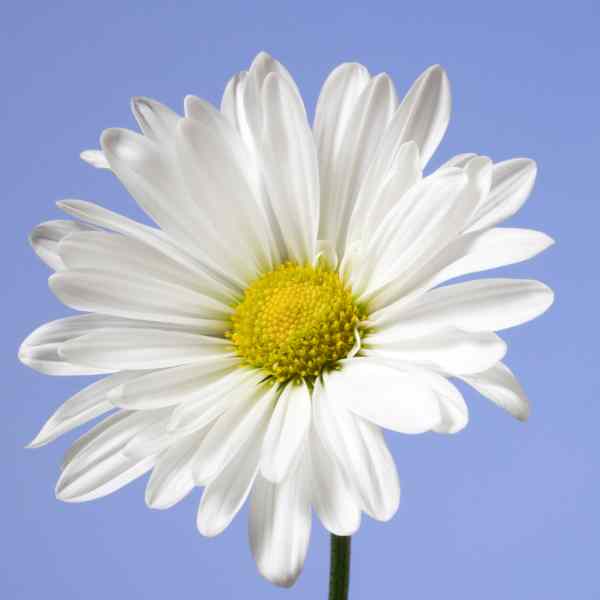Chrysanthemums, commonly known as mums, are a beloved garden staple recognized for their vibrant colors and diverse varieties. These vibrant blooms add a splash of colour to any garden, and as someone who loves getting my hands dirty, I can assure you, they’re as rewarding to grow as they are stunning to behold.
A Little History
Chrysanthemums have had quite the journey throughout history. These delightful flowers hail from Asia—specifically, China—where they’ve been cultivated for over 2,500 years. Originally prized for their medicinal properties, they quickly became symbols of autumn and were often featured in ancient poetry and art.
In the 18th century, they made their way to Europe, captivating the hearts of gardeners and becoming popular not just for their beauty, but also for their hardiness. Fast forward to today, and chrysanthemums are a staple in gardens all around the world, including right here in Australia.
Getting Started With Chrysanthemums
Growing From Seed
- Growing in trays
- Use seed trays filled with a quality seed-starting mix and lightly cover the seeds with soil.
- Keep the soil moist and ensure the trays receive adequate light, either from a sunny window or grow lights.
- Once seedlings develop several true leaves and outdoor temperatures are consistently warm, you can gradually acclimate them to the outdoors (a process known as hardening off) before transplanting them into the garden or larger pots.
- Growing in situ
- Till the soil and place seeds just under the surface
- If the spot is very sunny you might want to use shade cloth to help protect the young plants.
- Keep the soil moist until the plants have several true leaves and have started to develop a root system.
Planting Chrysanthemums
- Spacing: Space plants 30-45 cm apart to ensure proper air circulation.
- Depth: Plant them at the same depth they were growing in their pots.
- Position: Full sun – aim for four to six hours per day
- Soil: A sandy loam works wonders, and don’t forget to mix in some compost to give those roots a nutritious boost.
Watering and Fertilizing
- Watering: Keep the soil consistently moist but avoid waterlogging. Water early in the day to prevent fungal diseases.
- Fertilising: Use a balanced slow-release fertiliser every 4-6 weeks during the growing season. A high-phosphorus fertiliser can encourage blooming.
Pruning and Maintenance
- Pinching: To promote bushier growth, pinch back stems when they reach about 15 cm in height.
- Deadheading: Regularly remove spent flowers to encourage more blooms and prolong flowering.
The Benefits of Growing Chrysanthemums
- Visual Appeal: Their stunning blooms come in a variety of colours—think yellows, pinks, and purples—that can brighten up any garden and provide fantastic cut flowers for your home.
- Pest Deterrent: Mums are known to naturally repel pests like aphids and whiteflies, making them great companions in the garden.
- Medicinal Qualities: Traditionally, chrysanthemums have been used in herbal medicine to treat ailments such as fever and inflammation, particularly in Asian cultures.
- Low Maintenance: Once established, chrysanthemums are quite hardy, making them perfect for both novice and seasoned gardeners alike.
- Cultural Significance: In some cultures, chrysanthemums symbolize joy and longevity, making them a thoughtful gift for loved ones.
Conclusion
Chrysanthemums are not only stunning additions to any garden; they also offer numerous practical benefits. By following proper planting, watering, and maintenance practices, you can enjoy a vibrant display of blooms that brightens your space and supports local biodiversity.
